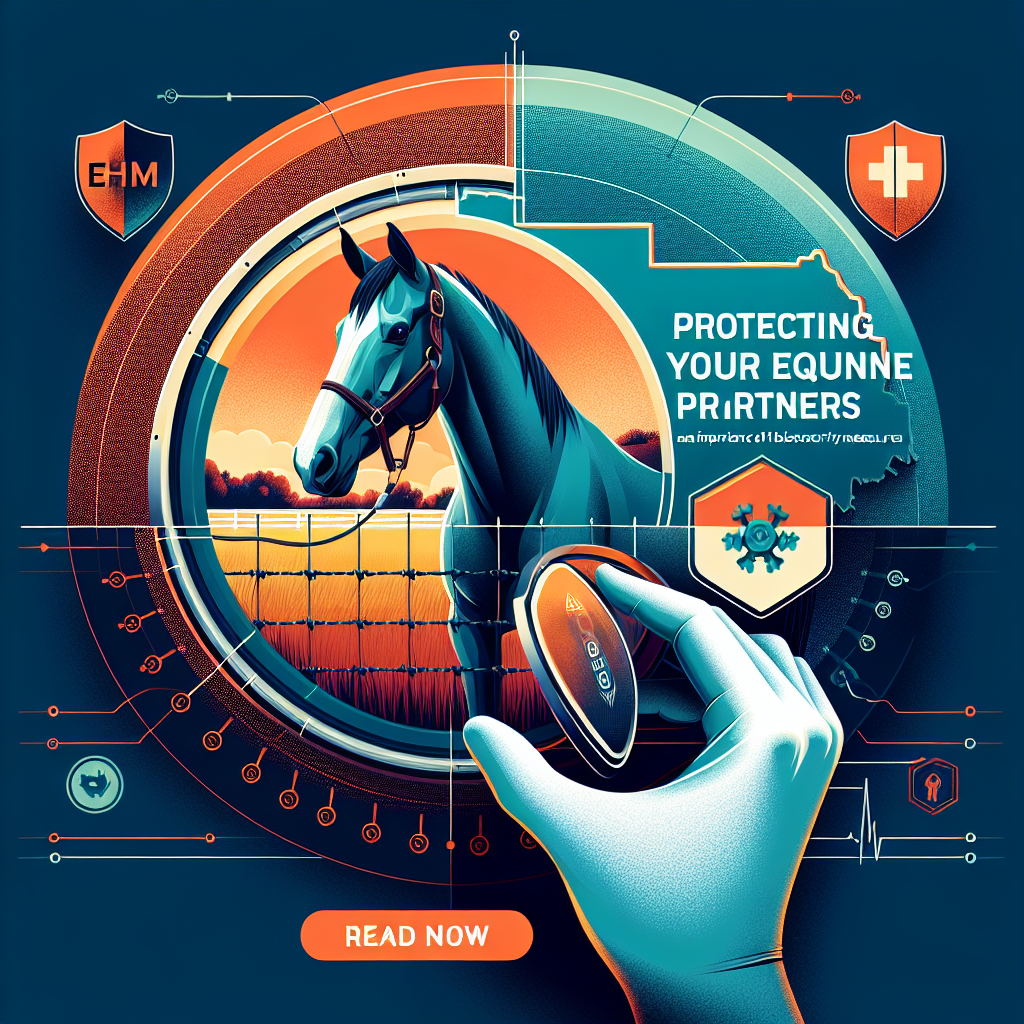In recently unsettling news, a Quarter Horse in Tulsa County, Oklahoma tested positive for Equine Herpesvirus Myeloencephalopathy (EHM). A lifetime of running like the wind, the poor horse has stumbled upon a blockade it did not see coming— an infectious disease. In a turn of events that left us saying 'neigh', upon noticing alarming symptoms like weakness in the hind limb, recumbency, and urine retention, the horse was promptly put under quarantine at a veterinary hospital.
Quarantine Measures: A High 'Stakes' Game
In addition to our four-legged friend, three other horses stationed in an isolation stable with the EHM patient were known to become febrile. To ensure the horses don't 'stirrup' trouble, they too will finish their quarantine period at the veterinary clinic. But it seems the virus wanted a change of scenery. Another horse from the same barn also developed a fever and is now quarantined at home, where there are three other stablemates. The virus has everyone at the edge of their seats, or should we say, 'saddles'?
EHM Overview – It's Not Just Horsing Around
EHM, caused by the Equine Herpes Virus Type 1 (EHV-1), is not a friendly neighbor. It primarily targets young horses and can cause paralysis, loss of coordination, and in some severe cases, death. It's like that one 'neigh'boring guest at your barbeque who gets too close for comfort— highly contagious and spreading via direct contact with affected animals or secretions. The unforeseen EHM instance in Oklahoma stokes concerns about the virus running haywire within the equine community.
Giddy-Up to Safety: Biosecurity Measures
The need for quarantine to curtail further virus spread is a no 'horse-play' business. However, hold your horses! The rules of this game differ in different regions. State regulations around equine quarantine and disease management are not uniform, so it's high time to gallop through your area-specific guidelines.
Preventing EHM spread hinges pivots on adopting biosecurity measures. Practices like careful hand and equipment sanitization prior to and post interaction with horses, along with stringent quarantine protocols for new horses, can significantly cut back on disease transmission risks. Washing hands after a handshake – who'd have thought the lessons we learnt in the pandemic would help our trusty steed!
The EDCC Crusade: Monitoring Equine Diseases
The Equine Disease Communication Center (EDCC) is the real 'mane' event in controlling equine diseases in the United States. Providing prompt updates on disease outbreaks, quarantine specifics, and biosecurity advice is the EDCC's turf. Riding on the back of such organizations keeps the equine community informed and shielded.
In conclusion, the pioneer EHM case in Oklahoma puts all hands on the stable, emphasizing the significance of stringent biosecurity measures and vigilance against signs of infectious diseases in horses. Researching EHM's effects on the horse industry and local regulations, together with organizations like the EDCC, might just be the lucky horseshoe we need to protect our equine partners from this and similar diseases.
References:
Unnamed Article. Description of an EHM positive case in Oklahoma. Source URL not provided.
Article: "Equine Herpesvirus Myeloencephalopathy (EHM) Case Identified in Oklahoma: Implications and Preventive Measures".




